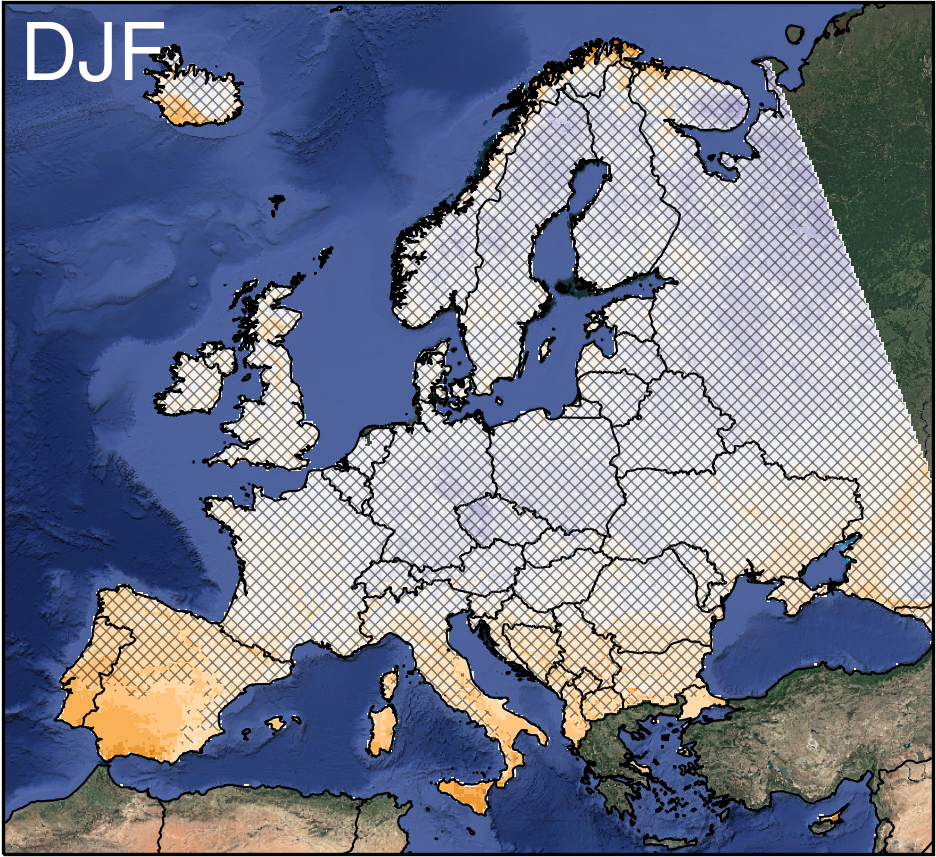Projected changes in meteorological drought risk under future climate change scenarios
(Part II)






































































 1971-2020
1971-2020
 1971-2020
1971-2020
 1971-2100
1971-2100